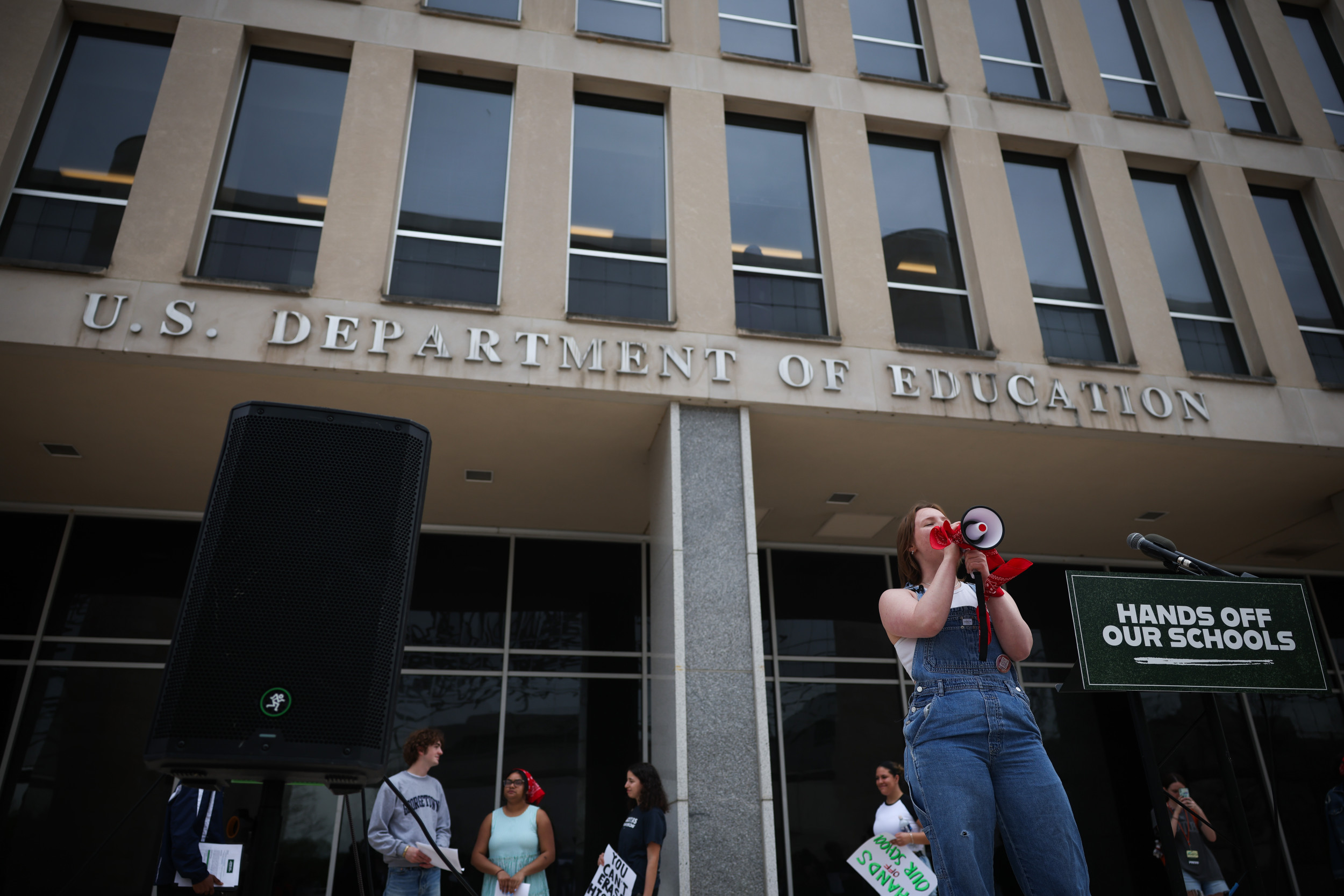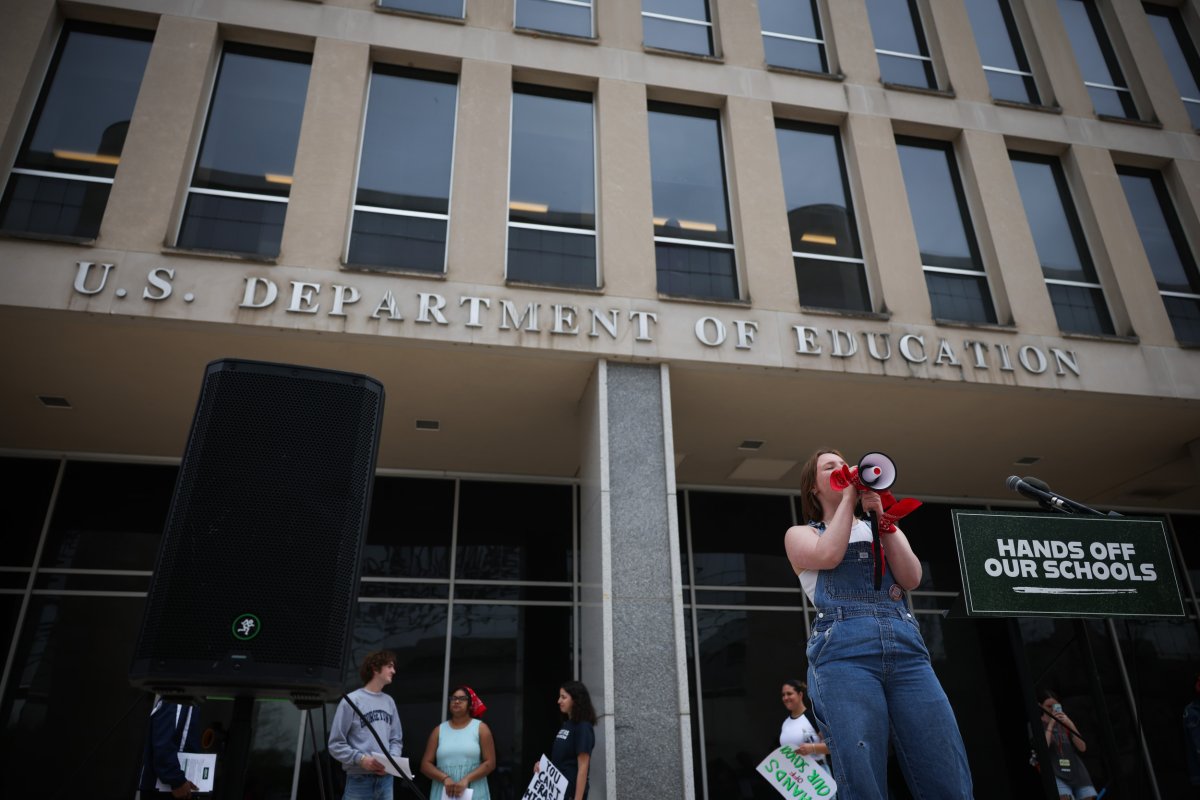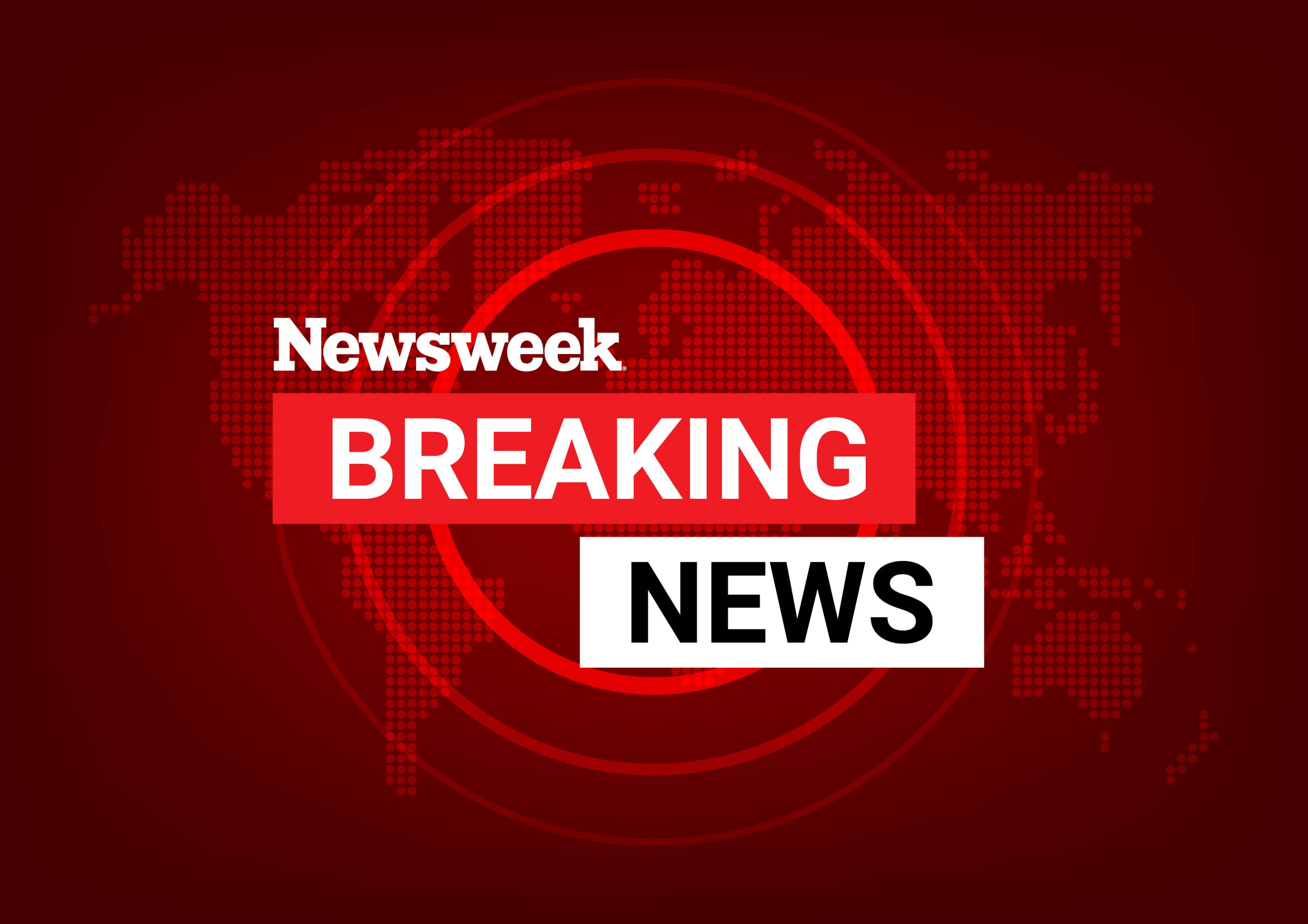
A report from the U.S. Census Bureau shows significant disparities in public school spending across the country, with the lowest-spending states largely clustered in the South.
The data, which tracks per-pupil spending by state, paints a stark picture of educational inequality and raises fresh concerns about the long-term effects on student outcomes.
Newsweek contacted the Department of Education for comment via email on Tuesday outside usual working hours.
Why It Matters
According to the Census report, states such as Mississippi, Alabama, Oklahoma and Arkansas spend thousands of dollars less per student each year compared to many of their northern and coastal counterparts.
This regional disparity highlights the wider issue of educational inequality, as students in lower-spending states may face challenges such as larger class sizes, fewer resources and limited access to advanced coursework.
What To Know
The findings are illustrated in a map that shows the lowest-spending states are predominantly in the South, with a handful in the West and Midwest. Meanwhile, states such as New York, Vermont, New Jersey and Connecticut appear at the top, with the highest per-pupil expenditures.
The data, based on figures from fiscal year 2023, shows that Idaho ($10,247), Utah ($10,333), Arizona ($11,297), Oklahoma ($11,155) and Florida ($11,862) allocate the least funds per pupil.
The average spend per student in the South is $13,344. In the Midwest, it’s $16,220, which is closely followed by the West’s $16,630.
Northeastern states lead the country in per-pupil spending, with New York topping the list at $30,012 per student.
However, overall, the District of Columbia, in the South, had the highest expenditure per student at $31,629.

Kayla Bartkowski/Getty Images
The spending gap is closely tied to economic and political factors—including differences in tax bases, funding formulas and local investment in education—which have historically led to discussions among policymakers and educators about the need for equitable funding in education.
In March, President Donald Trump announced the dismantling of the Department of Education, which could have a significant effect on states that rely heavily on federal funding.
What People Are Saying
While the Census Bureau report does not directly link spending to academic performance, some studies suggest that adequate funding plays a critical role in improving student achievement, particularly for students from low-income families.
Advocates are calling for increased investment in public education, particularly in regions historically disadvantaged by lower spending, arguing that addressing these disparities is crucial for ensuring that all students, regardless of their state of residence, have access to quality education and opportunities for academic success.
What Happens Next
An October legislative report from the Southern Regional Education Board (SREB) showed that in terms of legislative and budget actions for Oklahoma, which has the lowest expenditure per student in the South, the following budgets were agreed:
$3.9 billion for the state Department of Education, down 2.7 percent
$7.2 million for Oklahoma School of Science and Math, down 3.7 percent
$1 billion for the Oklahoma State Regents for Higher Education, up 2 percent
$448.3 million for teachers’ retirement system, down 2.6 percent
$196.3 million for the Department of Career and Technology Education, up 19.2 percent
$2.1 million for the office of education quality and accountability, up 12.3 percent
An earlier SREB report from May 2024 presented a summary of the education budgets recommended by the governors of SREB member states, including annual budget proposals from Alabama, Arkansas, Delaware, Louisiana, Maryland, North Carolina, Oklahoma and Tennessee.
The two reports show a marked difference between what was requested and what was allocated in several Southern states.





